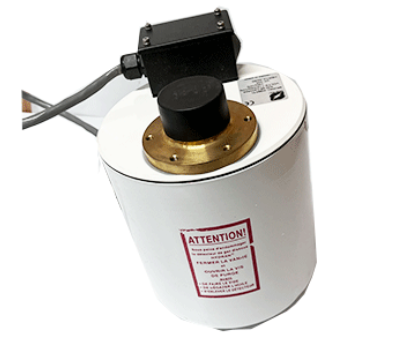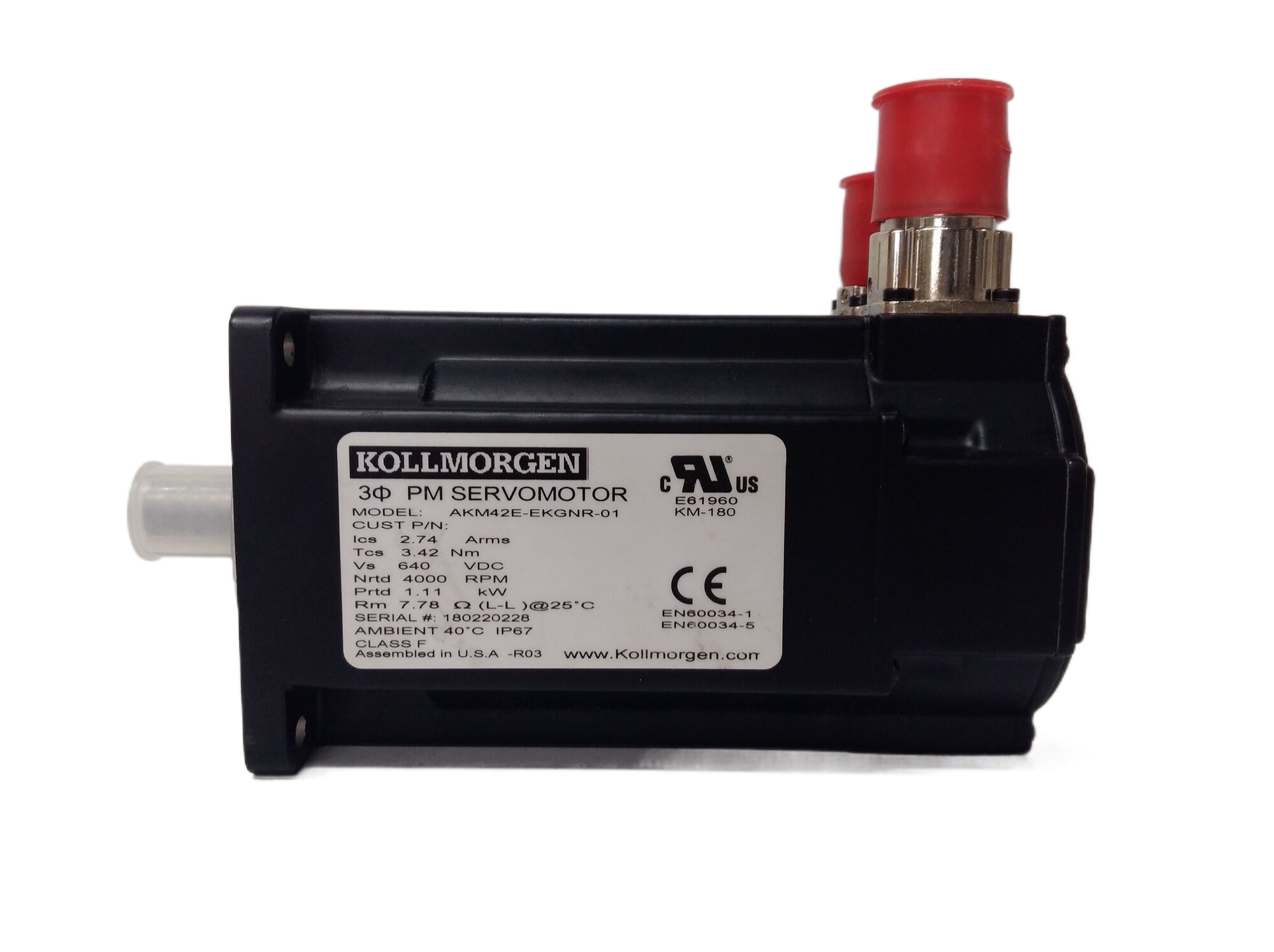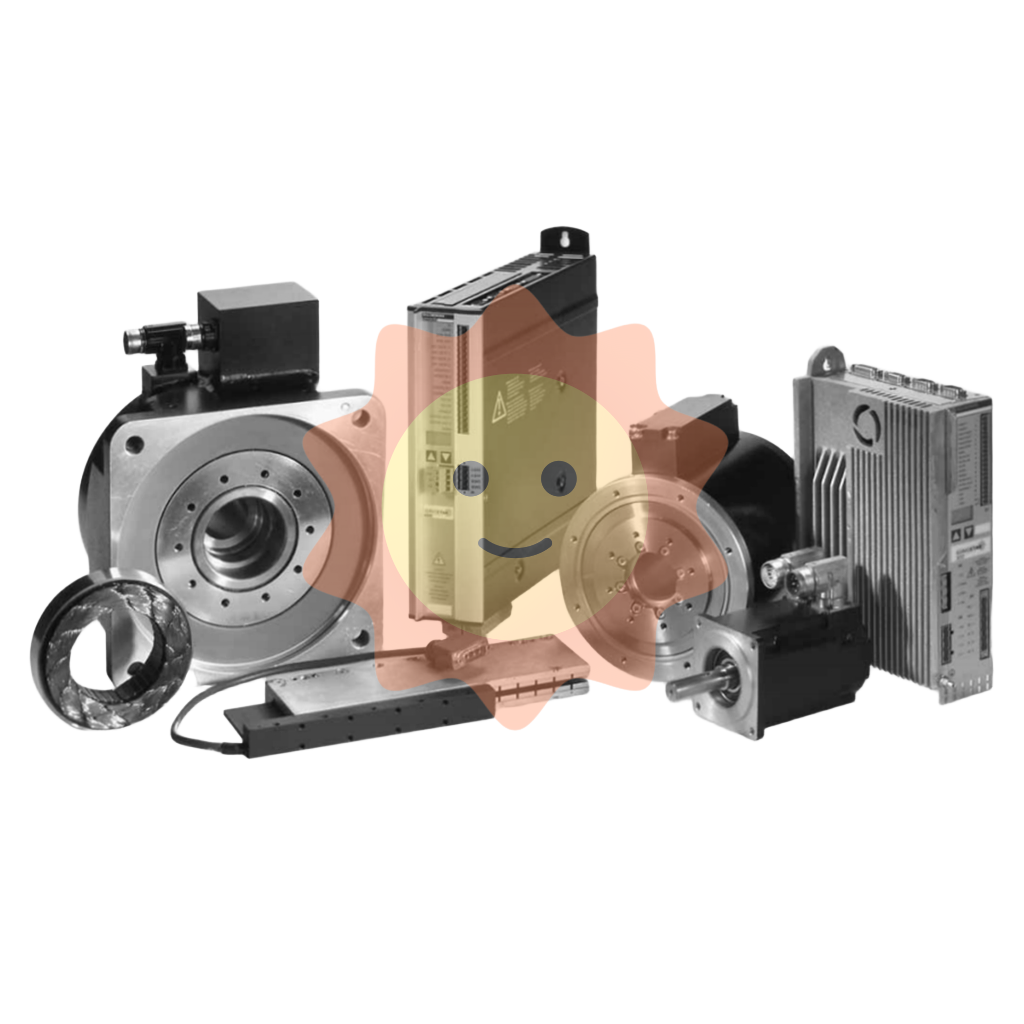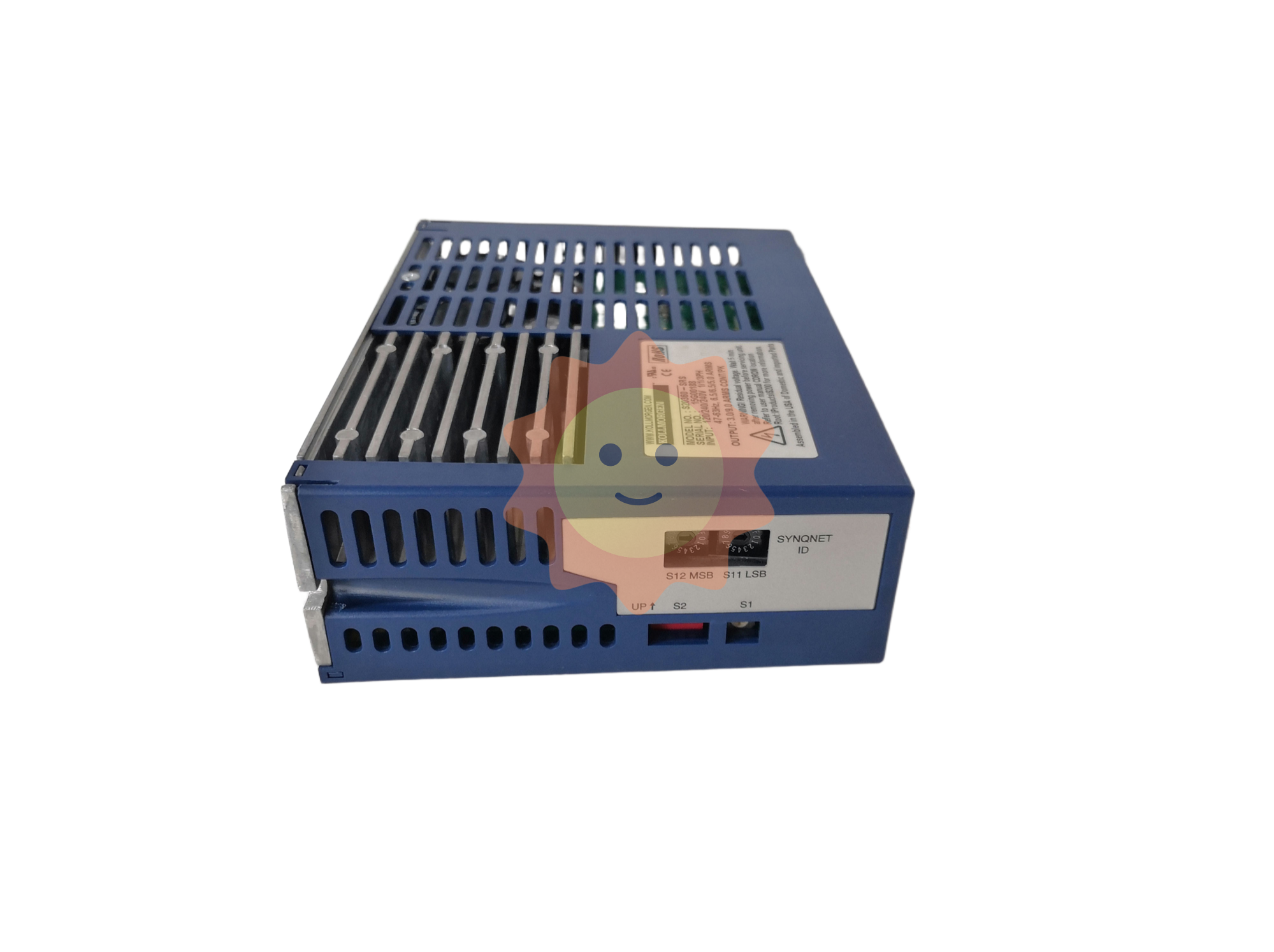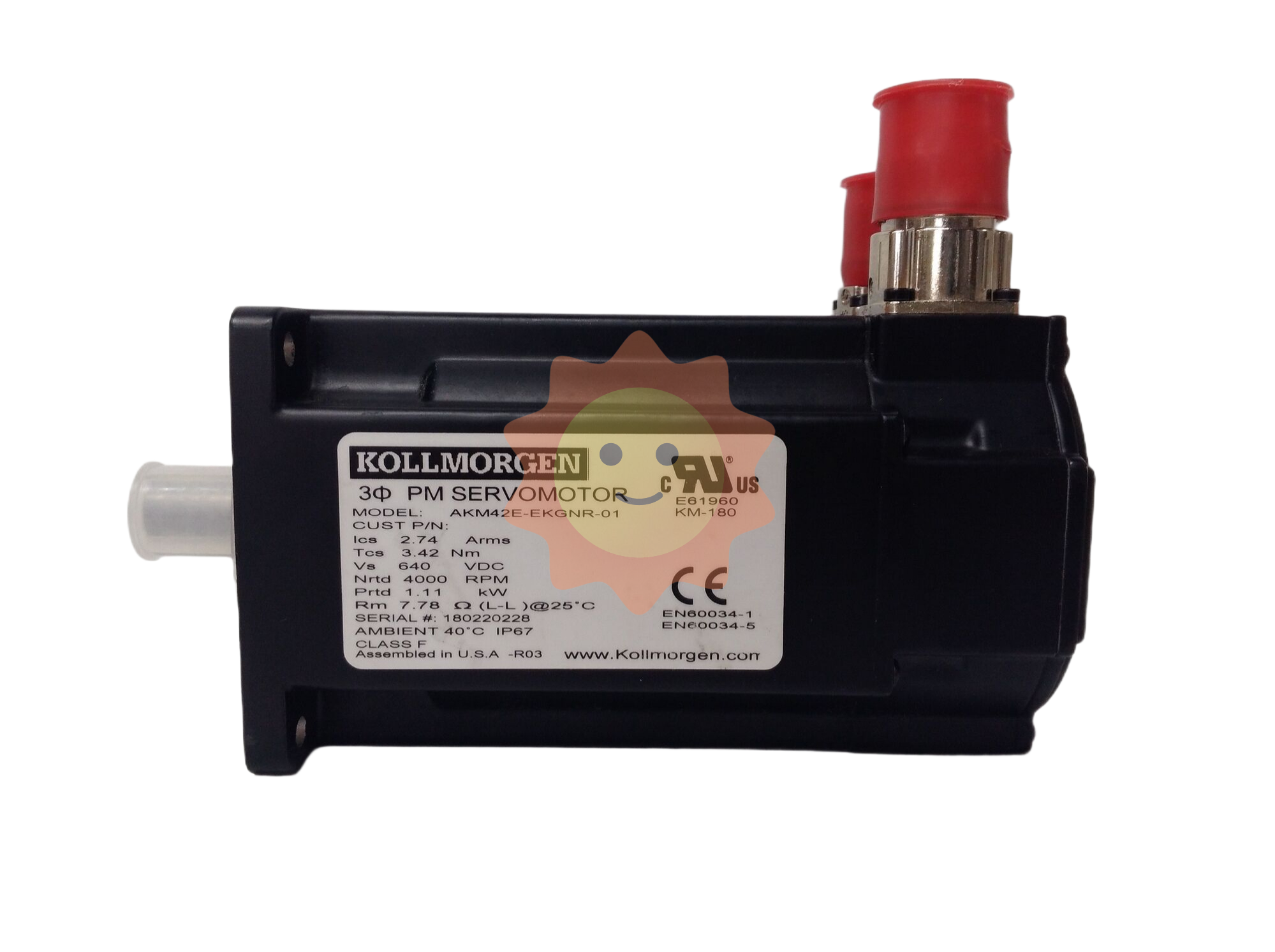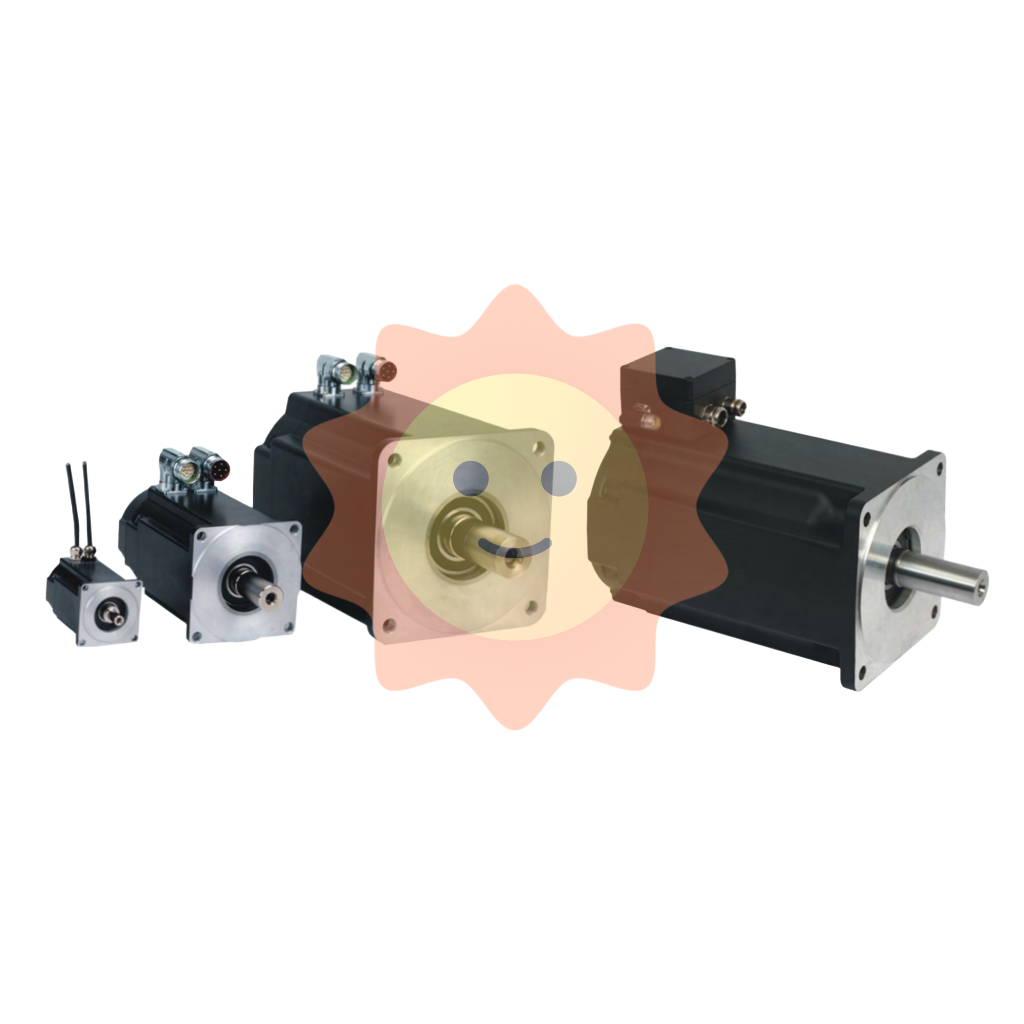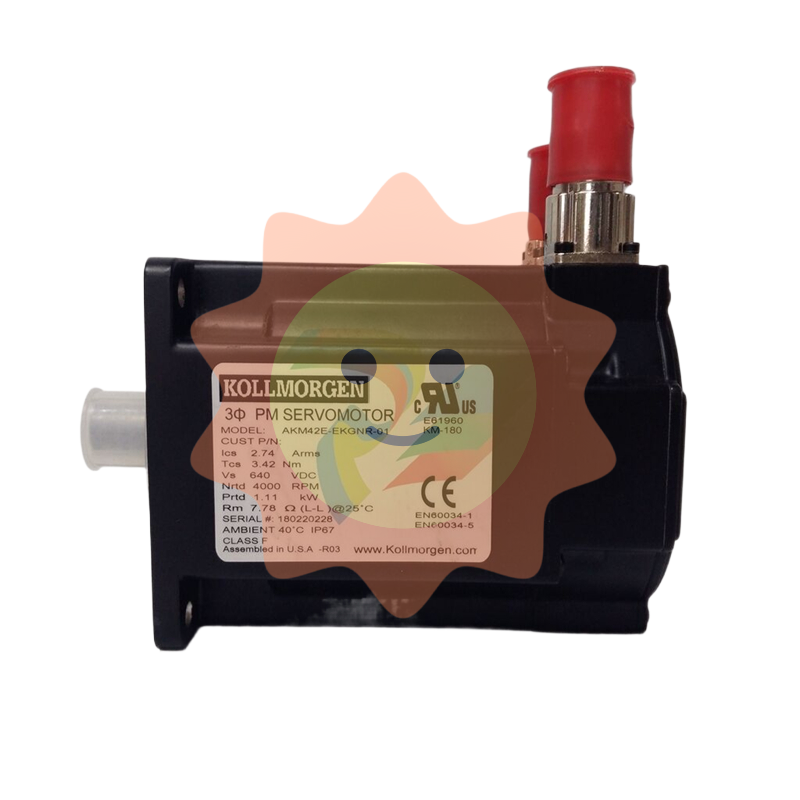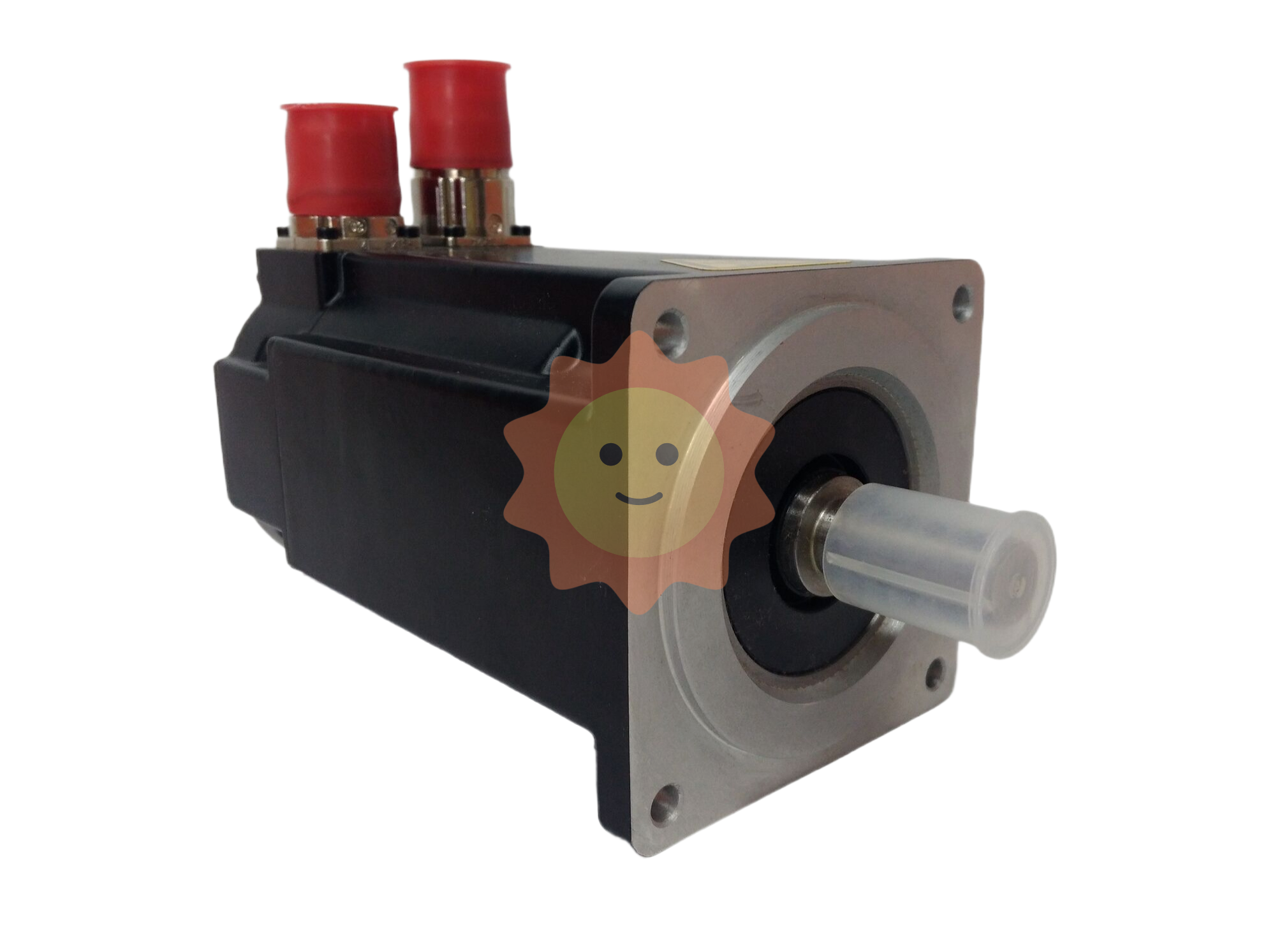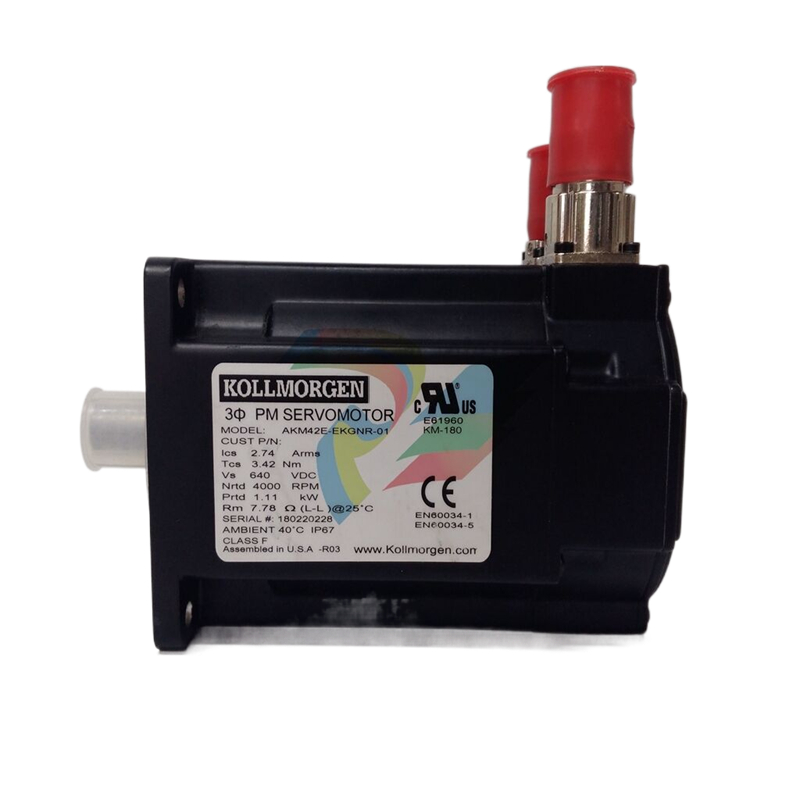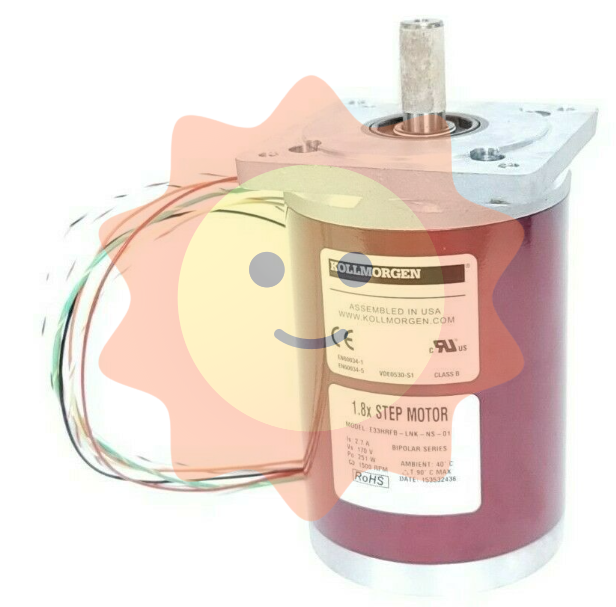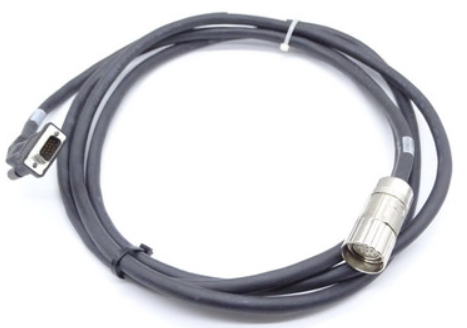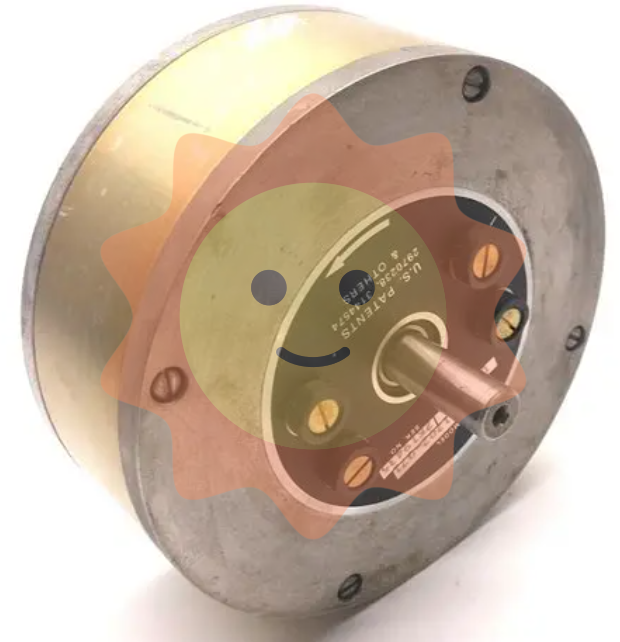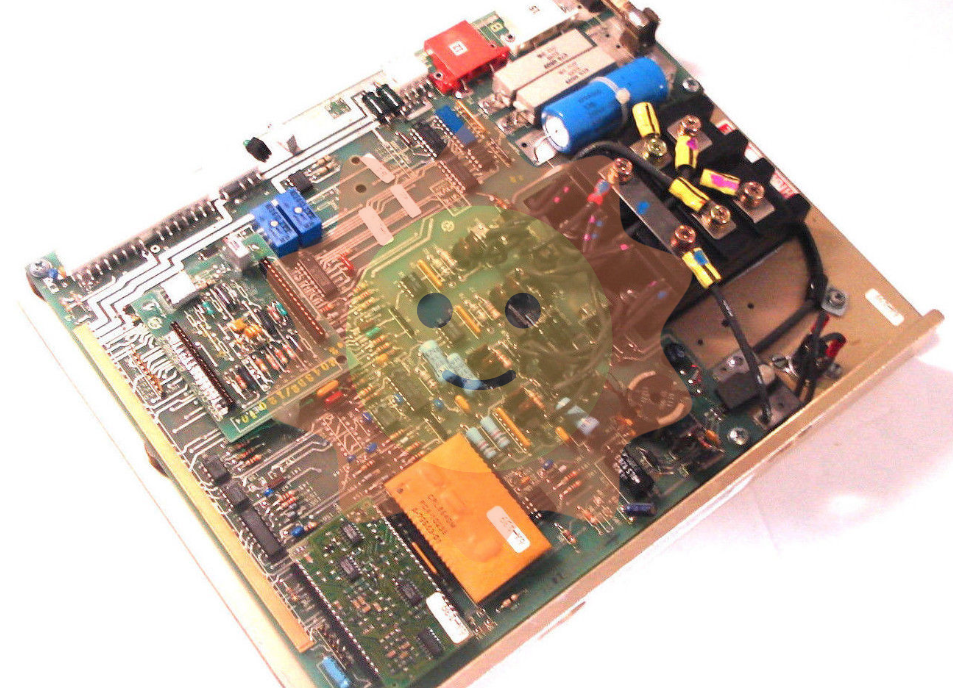Hydrogen production from biomass by low temperature electrolysis
(1) Lignocellulose and lignin as sources of hydrogen production
Lignin accounts for 15% to 30% of the mass of lignocellulosic biomass, and is the second most abundant biomass component in nature after cellulose. Unlike carbohydrates, lignin is a chemically cross-linked phenolic polymer. Due to its rigid structure, lignin is difficult to utilize in most biorefining processes, for example, in the paper industry, where lignin is often considered waste. The full utilization of lignin not only contributes to the development of renewable energy, but also can solve the environmental problems related to lignin waste. Value-added lignin through depolymerization of lignin into high value-added chemicals or fuels has aroused great interest in the biorefining industry. Lignin is one of the ideal sources of sustainable hydrogen production because of its high hydrogen content. However, the current technology of lignin hydrogen production faces great challenges, including chemical degradation of lignin and microbial fermentation.
Recently, a new PEM electrolysis method using biomass as a sacrificial agent has been reported. In this electrolysis process, hydrogen can be produced with lower electrical energy consumption because the biomass provides a part of the energy used for water decomposition. The traditional precious metal catalyst at the anode has been replaced by POM aqueous solution to achieve biomass degradation and oxidation. It is reported that the minimum energy consumed is only about 16.7% of the energy consumption of hydropower. These exciting results provide us with a method for electrochemical degradation of lignocellulosic biomass and simultaneous hydrogen production (Figure 6). In addition to using POM as an electron carrier, Fe3+ can also be used as a biomass degradation catalyst and charge carrier in biomass fuel cells and electrolysis. The standard electrode potential of the Fe3+/Fe2+ ion pair is 0.77 V [relative to the standard hydrogen electrode (NHE)]. The mechanism reportedly involves the oxidation and degradation of phenolic structural units of lignin by Fe3+. At the same time, during PEM electrolysis or fuel cell discharge, the reduced Fe2+ can be regenerated into Fe3+.
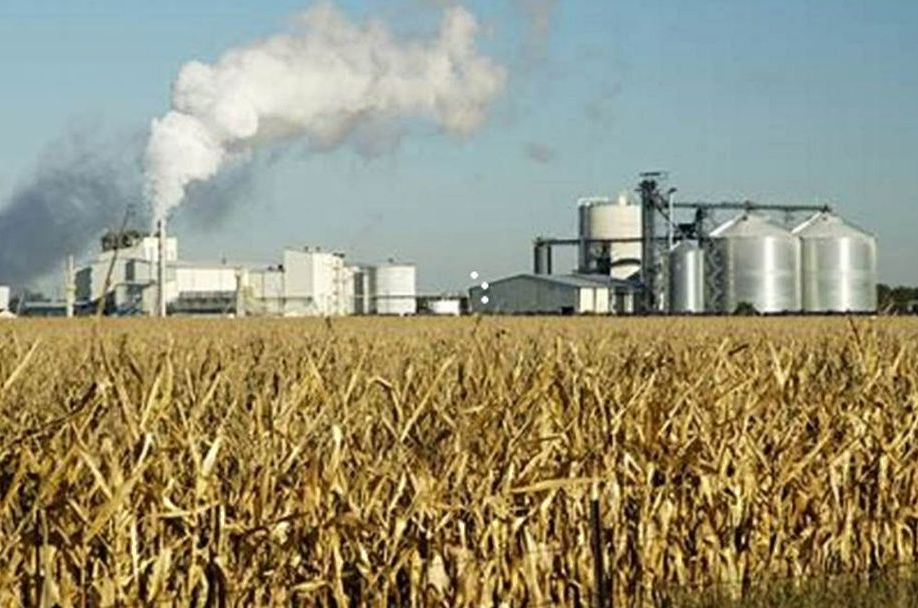
Charge carriers (such as POM or Fe3+/Fe2+ ion pairs) play a very important role in the degradation of lignin and the transfer of electrons from the biomass to the anode. In controlled experiments, the key role of charge carriers in this process was verified by using phosphoric acid (H3PO4) as an electrolyte to replace PMo12 or Fe3+ on the anode side. The results show that no significant electrolytic current is detected in controlled experiments even when a high voltage of 1.2V is applied. These results indicate that lignin is difficult to anodize directly in the absence of Fe3+/Fe2+ or POM catalysts. Therefore, lignocellulosic biomass alone cannot be directly used as a feedstock to produce hydrogen in PEM electrolyzers; instead, degradation of lignin should be mediated by charge carrier catalysts.
The study of biomass electrolysis catalyzed by FeCl3 shows that the current density of electrolysis can reach 0.34~0.37 A· cm-2 when the electrolytic voltage of 1.2V is applied. When three different types of lignin (pulping lignin (KL), alkaline lignin (AL) and lignin sulfonate (SL)) were used as electrolytic raw materials for the anode, the I-V curves of the electrolytic process were almost the same, which indicated that the source of lignin had little effect on the electrolytic performance. In fact, the important factor controlling electrolytic performance is the concentration of Fe2+, which is formed when the biomass is oxidized by Fe3+. This is actually Fe2+ being electrooxidized at the anode, rather than lignin. Similarly, in PMO12-mediated systems, the degree of reduction of PMo12 is a key factor in determining electrolytic performance, as the PMo12 anion can transfer electrons from the lignin to the electrode.
The oxidation of lignin is the key problem of hydrogen production by low temperature electrolysis. The catalyst PMo12 or Fe2+ can be anodized to achieve cycling under the action of electric field to gradually depolymerize and oxidize the lignin. The results showed that after three oxidation cycles (reaction temperature 100 ℃, total reaction time 18 h), dissolved by PMo12 and FeCl3, the content of lignin in electrolyte solution was 17.8% and 22.4%, respectively. The degradation of lignin can be improved by increasing the number of oxidation cycles and reaction temperature. It has been reported that 14.0% of solid lignin can be degraded into small molecules after reaction at 100 ℃ for 18 h. However, if oxidized at 190 ℃ for 1 h, the degraded lignin content will increase to 26.6%. The CO2 production at the anode side was verified by gas emission analysis, indicating that lignin oxidized.
This may also be caused by the breaking of methoxy (-O-CH3), C-O bonds, or even C-C bonds in the biomass during oxidation. The total organic carbon (TOC) analysis of the aqueous phase after lignin oxidation showed that the electrolyte solution contained 0.77~0.90 g· L-1 organic matter, indicating that lignin had been dissolved in the electrolyte. Lignin oxidizes to produce organic compounds in the water phase, which can be analyzed by gas chromatography mass spectrometry (GC-MS). The researchers found vanillin, phenol, 1, 2-dimethoxybenzene, guaiacol, 3, 4-dimethoxybenzaldehyde and a number of complex compounds in the electrolyte solution of the PMo12 reaction.
When FeCl3 is used as a catalyst, the products identified in the solution include phthalic anhydride, 4-methylbenzaldehyde, vanillin, benzoic acid, and other chlorine-substituted chemicals. Further analysis by two-dimensional nuclear magnetic resonance technique (heteronuclear single quantum coherence spectroscopy, HSQC NMR) showed that only a very small number of β-beta bonds were detected in the resin alcohol structure after POM oxidation, indicating that most of the ether bonds (β-5 and β-O-4) in the lignin molecules had been destroyed. For the lignin solution oxidized by FeCl3, no ether bond was observed. Therefore, the ether bonds in the lignin structure can be effectively destroyed by PMo12 and FeCl3 catalysts.

2. Strengths and Challenges
Compared with traditional electrolysis methods, this novel PEM electrolysis method mediated by POM or FeCl3 has the following advantages:
(1) Lignin raw materials can be directly oxidized to small molecules by POM or FeCl3 at the anode side under mild conditions (< 100 ℃). Although microorganisms can degrade biomass in microbial electrolyzers to produce hydrogen, they are susceptible to reaction conditions such as pH, temperature, and concentration. In addition, the degree of microbial oxidation of biomass is too low to achieve large-scale hydrogen production. POM or FECL3-mediated electrolysis can oxidize biomass at a faster reaction rate, and the reaction conditions are wide, such as the temperature of 50~120 ℃, pH value of 0.5~6.
(2) The precious metal catalyst in the traditional design (such as Pt or Ir) can be replaced by POM and FeCl3 at the anode. Conventional precious metal catalysts used in PEM electrolyzers can oxidize small alcohols at low temperatures to release hydrogen, but are not active against polymerized biomass. Even for the electrolysis of water, the anode should also be loaded with a precious metal catalyst (such as Ir) to reduce the overpotential generated by the oxygen evolution reaction. For electrolyte-pair mediated PEM electrolysis, the role of the medium (POM or FeCl3) in hydrogen production is to transfer electrons to the anode. Therefore, there is no need for a precious metal catalyst on the anode side, which can significantly reduce the cost of the electrolysis device.
(3) Due to the use of POM or Fe3+ for biomass oxidation, instead of oxygen evolution reaction, thus greatly reducing the electrical energy consumption. Table 2 shows a comparison of different electrolytic cells based on biomass hydrogen production and shows the energy saving advantages of electrolytes for mediated PEM electric resolution of hydrogen.
(4) POM and FeCl3 are chemically and thermally stable, and can be completely regenerated during electrolysis. POM catalysts are resistant to most organic and inorganic contaminants because POM remains structurally stable and self-healing even under harsh conditions. Borras-Almenar et al. pointed out that for reaction mixtures containing substrates and POM catalysts, hundreds of thousands of transformations can be completed without loss of life. In addition, FeCl3 is very stable in acidic reaction solutions. Both POM and FeCl3 can be continuously cycled in the oxidation reaction and anodic oxidation regeneration process of biomass.
(5) POM and FeCl3 are low-cost chemicals. Compared with precious metals or microorganisms with limited life span, which are widely used in conventional electrolysis and fuel cells, POM and FeCl3 are low-cost and suitable for electrolytic hydrogen production.
- EMERSON
- Honeywell
- CTI
- Rolls-Royce
- General Electric
- Woodward
- Yaskawa
- xYCOM
- Motorola
- Siemens
- Rockwell
- ABB
- B&R
- HIMA
- Construction site
- electricity
- Automobile market
- PLC
- DCS
- Motor drivers
- VSD
- Implications
- cement
- CO2
- CEM
- methane
- Artificial intelligence
- Titanic
- Solar energy
- Hydrogen fuel cell
- Hydrogen and fuel cells
- Hydrogen and oxygen fuel cells
- tyre
- Chemical fiber
- dynamo
- corpuscle
- Pulp and paper
- printing
- fossil
- FANUC
- Food and beverage
- Life science
- Sewage treatment
- Personal care
- electricity
- boats
- infrastructure
- Automobile industry
- metallurgy
- Nuclear power generation
- Geothermal power generation
- Water and wastewater
- Infrastructure construction
- Mine hazard
- steel
- papermaking
- Natural gas industry
- Infrastructure construction
- Power and energy
- Rubber and plastic
- Renewable energy
- pharmacy
- mining
- Plastic industry
- Schneider
- Kongsberg
- NI
- Wind energy
- International petroleum
- International new energy network
- gas
- WATLOW
- ProSoft
- SEW
- wind
- ADVANCED
- Reliance
- YOKOGAWA
- TRICONEX
- FOXBORO
- METSO
- MAN
- Advantest
- ADVANCED
- ALSTOM
- Control Wave
- AB
- AMAT
- STUDER
- KONGSBERG
- MOTOROLA
- DANAHER MOTION
- Bently
- Galil
- EATON
- MOLEX
- Triconex
- DEIF
- B&W
- ZYGO
- Aerotech
- DANFOSS
- KOLLMORGEN
- Beijer
- Endress+Hauser
- MOOG


Email:wang@kongjiangauto.com



